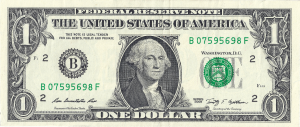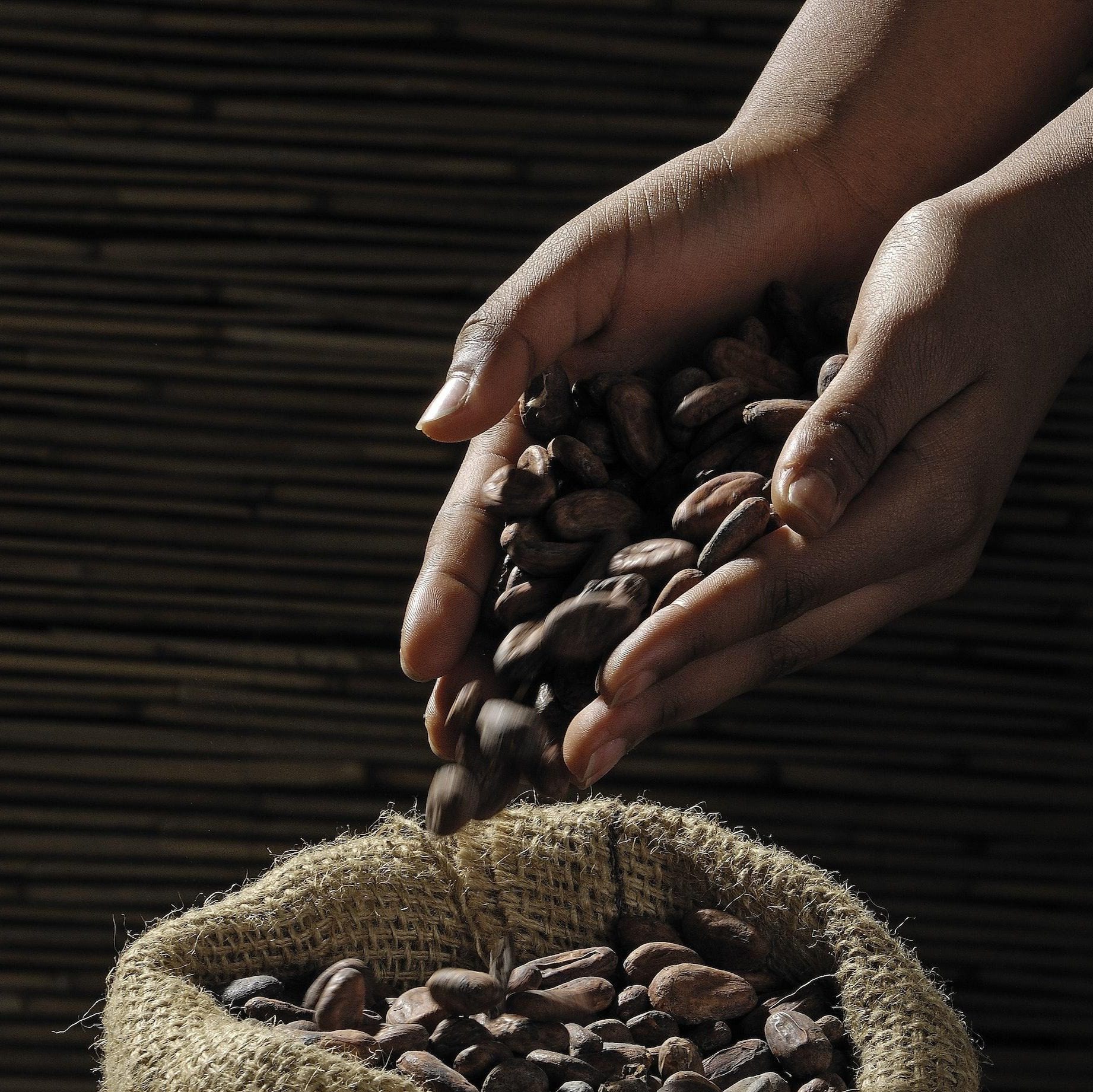US DOLLAR SET FOR MODEST WEEKLY GAIN AFTER SOFT INFLATION DATA
The U.S. dollar was almost flat on Friday after dipping following fresh inflation data that showed U.S. consumer prices increased less than expected in September, keeping the Federal Reserve on track to cut interest rates again next week. The Consumer Price Index rose 0.3% last month and 3.0% in the 12 months through September. Economists polled by Reuters had forecast the CPI increasing by 0.4% for the month and rising 3.1% year-on-year.
The U.S. dollar index was last down 0.021% at 98.934, after earlier falling as much as 0.2%, still on track for a modest weekly gain. “The headline was a bit softer than expected,” said Marc Chandler, chief market strategist at Bannockburn Capital Markets. “The dollar was sold on the news, even though the market had nearly 100% confidence before the report that the Fed would cut rates, not only next week, but in December.” The CPI report was published despite an economic data blackout because of the government shutdown. The figure, used by the Social Security Administration to calculate its cost-of-living adjustment for millions of retirees and other benefits recipients, was initially due on October 15.

STERLING SNAPS THREE-DAY FALLING STREAK AGAINST EURO, UP VS DOLLAR
Sterling was set to snap a three-session losing streak against the euro on Monday, as investors paused ahead of a week crowded with central bank policy decisions.Last week’s UK inflation data prompted markets to increase bets on Bank of England rate cuts, while 2-year gilt yields dropped by 7.5 basis points, before rising by 2 bps on Thursday and Friday. They were roughly unchanged at 3.80% on Monday. Traders have priced in a 67% chance of a BoE rate cut by year-end from less than 50% before last week’s inflation data, while fully pricing in two reductions by June 2026. The euro dropped 0.14% to 87.22 pence after hitting 87.47 pence on Friday, its highest since October 6. Friday’s euro zone purchasing managers’ surveys strengthened expectations that the European Central Bank will keep its deposit facility rate at 2% into 2027 , with markets pricing out the chance of a rate cut in 2026. However, some economists’ base case is for the BoE to keep policy on hold until its February meeting, which would likely see a partial unwinding of the recent rate differential moves that have pushed sterling lower. “Fiscal events remain the dominant factor for the pound in the medium term and we stand by our view that the bar for a positive outcome for sterling is not particularly high,” Barclays’ strategists said in a research note, noting that the BoE’s Monetary Policy Committee is split between hawks and doves.

US DOLLAR SLIPS AS TRADE OPTIMISM BOOSTS RISK APPETITE
The U.S. dollar weakened against the euro, Chinese yuan and Australian dollar on Monday as optimism over a possible U.S.-China trade deal boosted risk appetite and reduced demand for the greenback. Overall moves in the currency markets were relatively muted as traders also waited on several key central bank meetings this week. U.S. President Donald Trump said on Monday the United States and China were set to “come away” with a trade deal. Trump is expected to meet Chinese President Xi Jinping this week in South Korea. “The market’s kind of euphoric,” said Marc Chandler, chief market strategist at Bannockburn Global Forex in New York, noting strong gains in global stock markets while gold fell. The markets are cheered by three main developments, Chandler said. “It looks like the U.S. and China moved away from the brink. The U.S. struck foreign trade deals or frameworks with some East Asian countries, and Milei did better in Argentina,” Chandler said, referring to the president of the South American country. Argentine President Javier Milei’s party cruised to victory in midterm legislative elections as voters handed him a mandate to keep pushing through his overhaul of the economy. The dollar index was last down 0.11% at 98.84, with the euro up 0.15% at $1.1643.

STERLING STEADIES AT MULTI-MONTH LOWS AFTER TWO DAYS OF FALLS
Sterling steadied on Thursday against both the dollar and euro after two days of sharp depreciation, but looks set for further choppiness ahead of next week’s Bank of England meeting. The pound was last at $1.3182, a touch above Wednesday’s intraday over-five-month low of $1.3142. It was at 88.1 pence per euro, again just shy of Wednesday’s 88.16 pence per euro, its softest since May 2023. The British currency this week has been shaped by traders and analysts’ efforts to digest last week’s raft of economic data – most notably softer than expected inflation figures – ahead of next week’s BoE session. Goldman Sachs, for example, on Wednesday changed its BoE call and now expects a rate cut. Markets currently see around a one in three chance of a 25 basis point BoE rate cut next week, leaving the pound vulnerable to moves in either direction on the BoE’s decision or as pricing shifts more firmly in favour of, or against, a cut. Also in the mix are rumours and speculation about the scale of tax rises and spending cuts British chancellor Rachel Reeves will have to pursue in her late November budget – greater fiscal tightening could lead to the BoE lowering rates more quickly. BofA analysts expect the BoE to keep rates on hold next month, which should buoy sterling.
POUND HEADS FOR WORST MONTHLY PERFORMANCE SINCE JULY
The pound headed for its worst performance against the dollar since July on Friday, while also wallowing at 2-1/2-year lows against the euro, reflecting growing investor nervousness about the outlook for UK government finances. Sterling , which has fallen 2.3% in October, set for its biggest monthly decline since July and the second-largest this year, was down another 0.11% on the day at $1.3136, near its lowest since April. British finance minister Rachel Reeves, who is dealing with political pressure this week over a rental dispute, is presenting her budget in late November. Reeves already has very limited headroom, based on her own fiscal rules, with which to manoevre, when it comes to keeping Britain’s finances on track. Expectations are mounting that she may be forced to break election pledges and hike some taxes after warnings official forecasts could show the economy is in a worse state than once thought. UK gilts, which still carry a higher yield than the bonds of any other major economy, have rallied strongly this month, buoyed by investors betting on the Bank of England cutting interest rates sooner than previously thought, as metrics like inflation hold steady.

- CAPITALDIGEST MARKET REVIEW , 03/11/2025November 3, 2025
- CAPITALDIGEST DAILY NEWS, 03/11/2025November 3, 2025
- CAPITALDIGEST MARKET REVIEW, 22/09/2025September 22, 2025
Enter your email address for receiving valuable newsletters.
- CAPITALDIGEST DAILY NEWS, 01/09/2025DANGOTE’S 1,000 TRUCKS ARRIVE, FUEL DISTRIBUTION TO BEGIN FROM S’WEST Barring any last-minute change in...September 1, 2025
- CAPITALDIGEST MARKET REVIEW, 11/08/2025STERLING ADVANCES AGAINST DOLLAR, EURO AHEAD OF BOE POLICY ANNOUNCEMENT The British pound climbed against...August 11, 2025
- CAPITALDIGEST MARKET REVIEW, 04/08/2025POUND HEADS FOR WORST MONTH SINCE 2022 BUDGET CRISIS The pound headed towards its largest...August 4, 2025












